Increases to the 2019 FDA budget encourage healthcare providers to embrace telemedicine and medtech. Here’s how hospitals and medical practices can prepare for upcoming changes.
I’ve previously written about how the next five years in healthcare will be about implementation rather than innovation. In short, this means that after a period of rapid transformation, healthcare providers will focus on integrating the new technology at their disposal.
Fittingly, the recent changes to the Food and Drug Administration budget reflect an increased focus on digital health initiatives. In general, the FDA saw a 9% financial boost, with the total budget for 2019 at nearly $5.6 billion. Most significantly, substantial resources are being devoted to telehealth, medical data, and medtech development.
Below, I examine the implications of these budgetary changes and what they mean for healthcare providers going forward.
The Move Toward MedTech and Telemedicine
The 2019 FDA budget has $3.1 billion in discretionary funding, up $269 million from 2018. This increase is the largest since 2010, and will help fund several new digital health initiatives. These include $51 million for New Medical Data Enterprise, $25 million for the Growth and Transformation of Digital Health, and $6 million for MedTech Manufacturing.
The government will provide a budget of $47 million to address the opioid crisis, about half of which will go toward creating data warehouses to determine vulnerability points in the population, predict trends, and anticipate regulatory changes. The White House is also allocating $16 million to help rural communities impacted by the opioid crisis access valuable telemedicine resources.
The focus on expanding digital health initiatives complements the medical community’s increasing commitment to patient centricity. Telemedicine in particular can make healthcare more convenient and affordable by allowing doctors to communicate with patients remotely. It also helps physicians reach a wide network of patients, especially those in underserved communities.
How Healthcare Providers Can Prepare
The 2019 budget represents an important step in keeping up with patient and consumer expectations for next few years. During this period, the medical community will likely experience the benefits of new technologies as they become more widely adopted.
To prepare for the the greater presence of telehealth and medtech devices, hospitals and medical practices will need to develop a uniform, scalable plan that enables standardization across locations. It’s also important for healthcare providers and staff to be properly trained in operating technology, as well as supported in their transition to a new system.
In order to stay ahead of these developments, I recommend that healthcare providers take a proactive approach by learning as much as possible about the latest telemedicine and medtech initiatives. Hospitals and practices should be open to innovation, and allow physicians and staff to observe and test new technology before applying it with their own patients.
The changes to the FDA budget reflect an important shift toward innovative, accessible, and affordable care. However, the success of digital health initiatives depends in large part on providers’ willingness to embrace new technology. That’s why it’s important to explore new developments as early as possible, and stick with them long enough to experience their full benefits.



















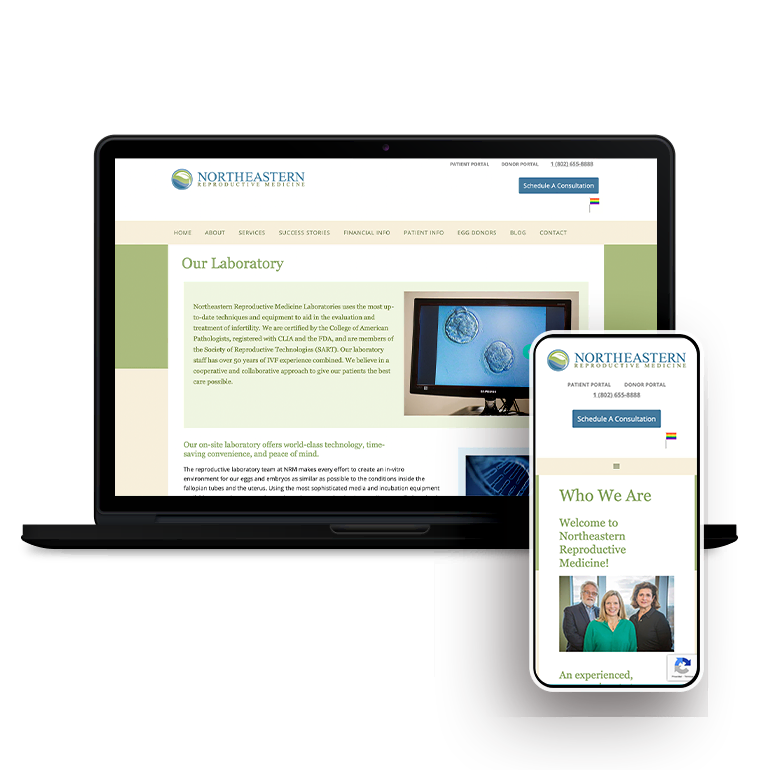



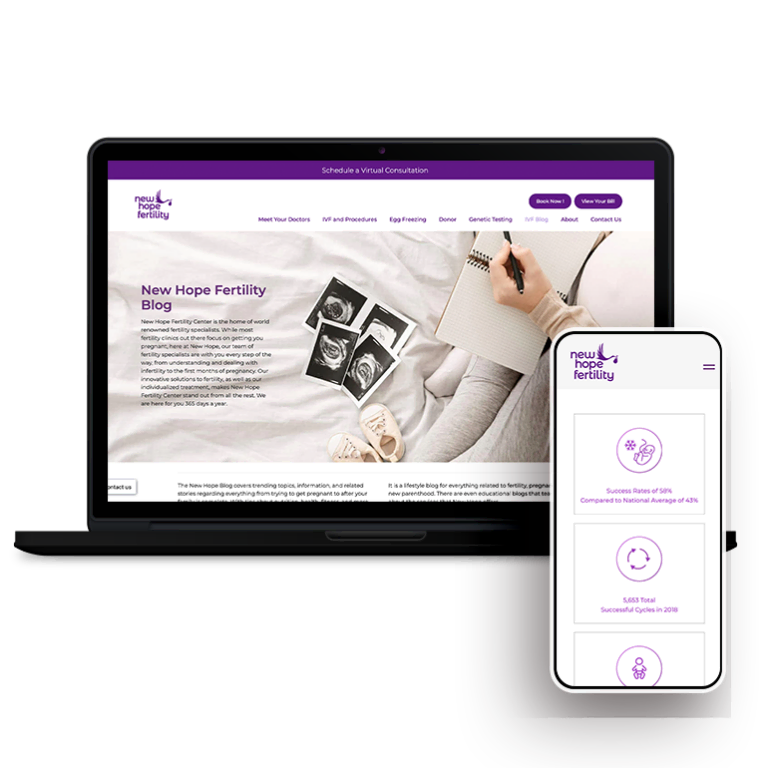
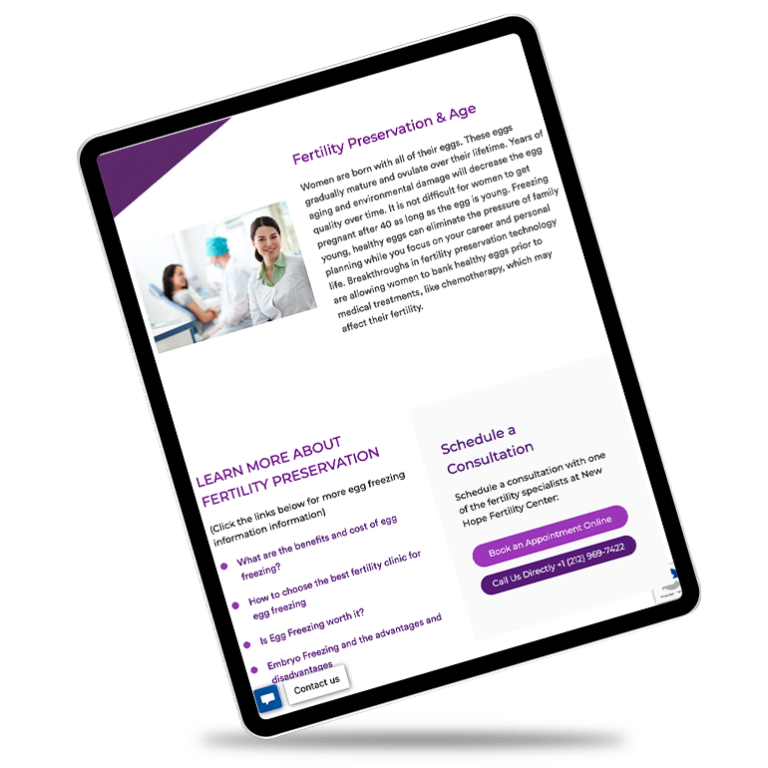

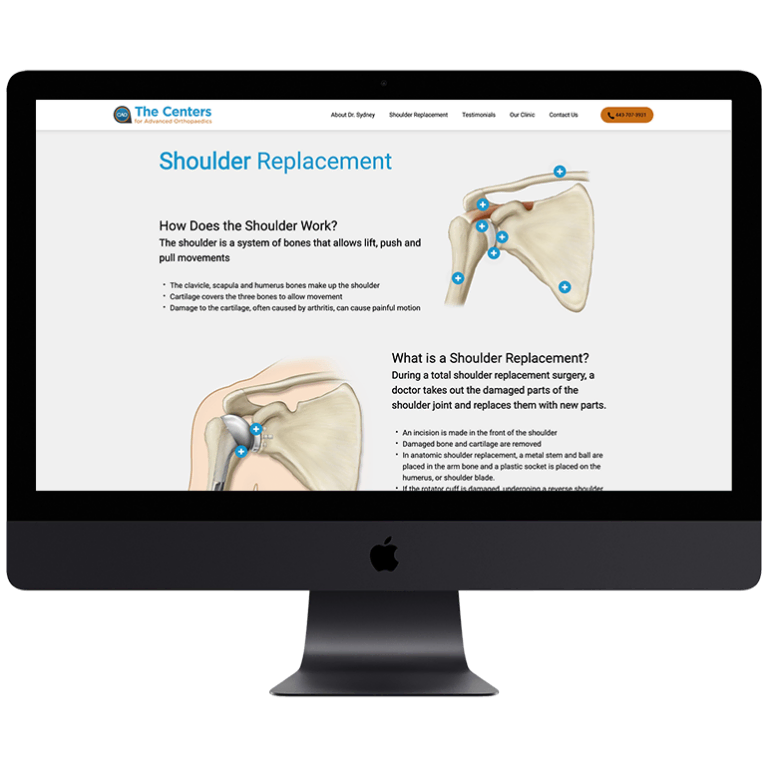



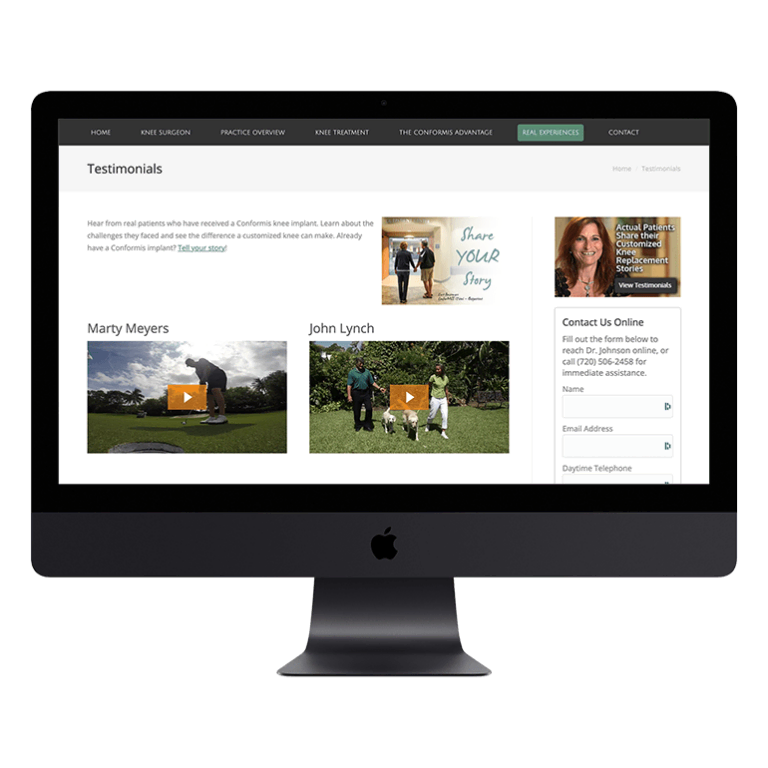



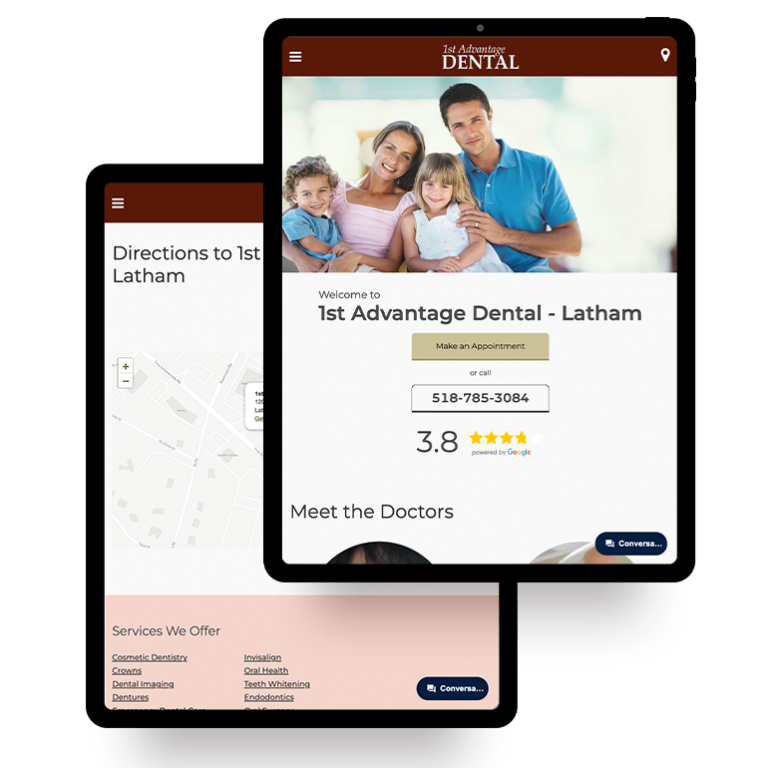

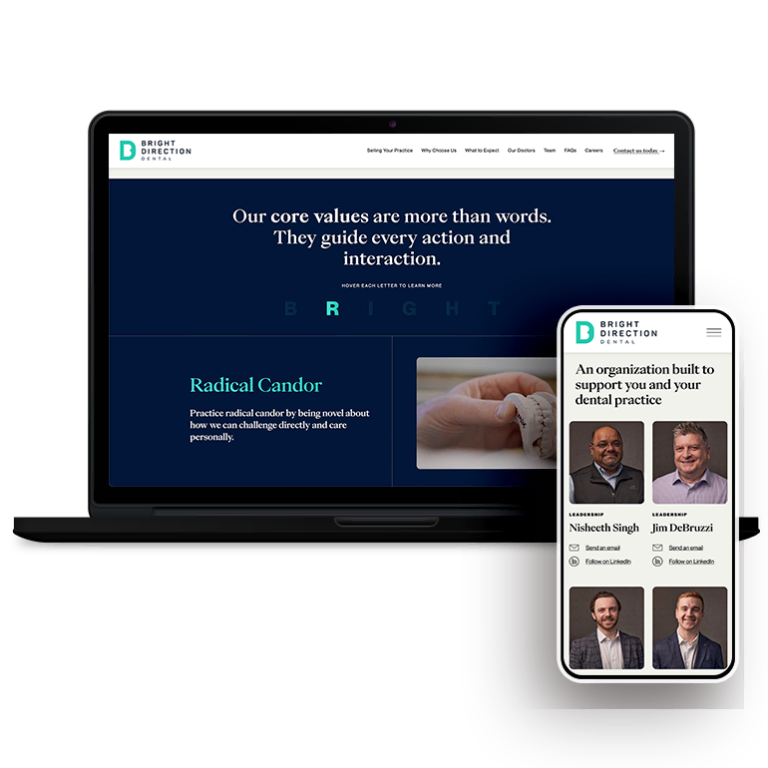
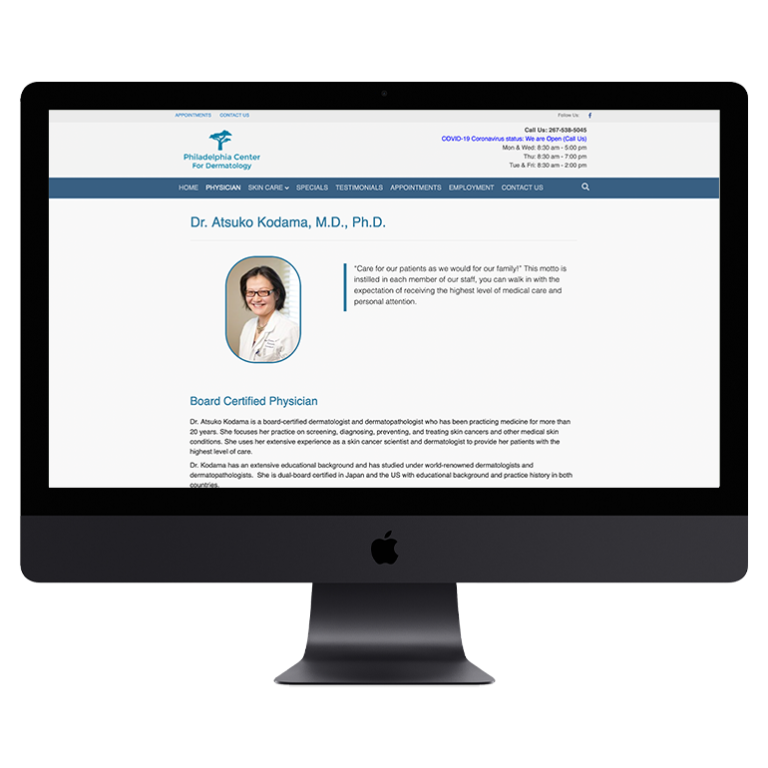
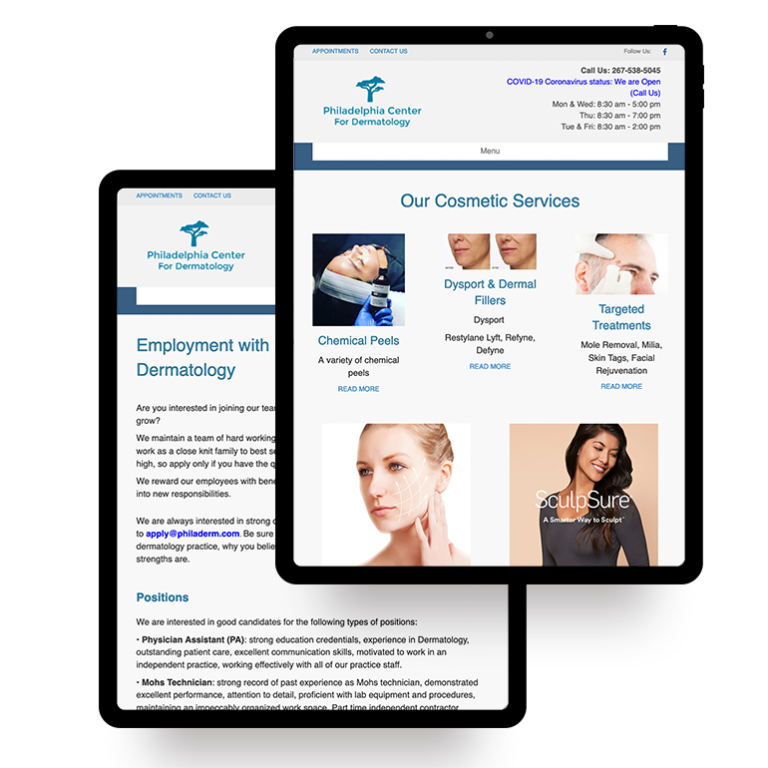



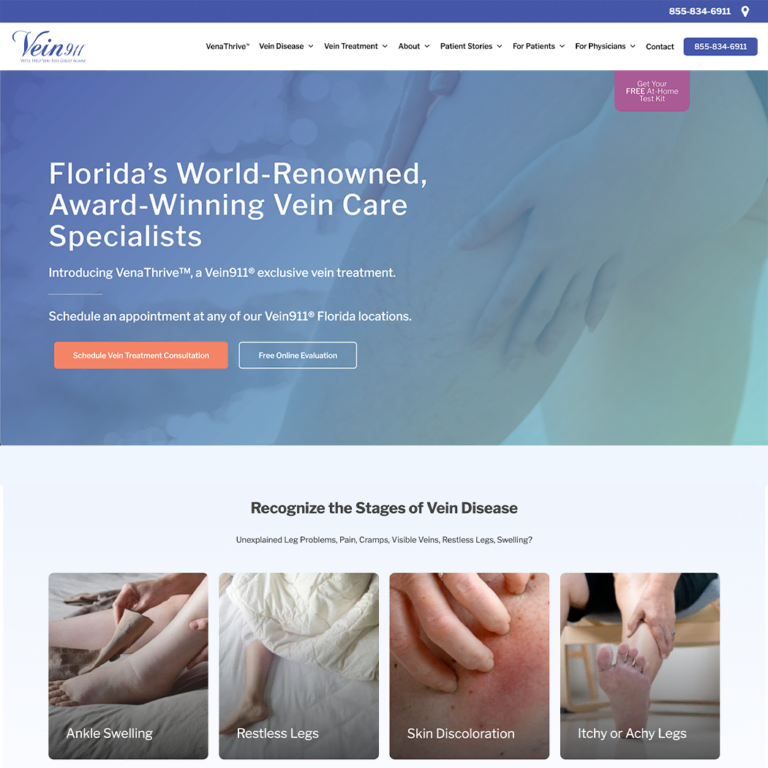
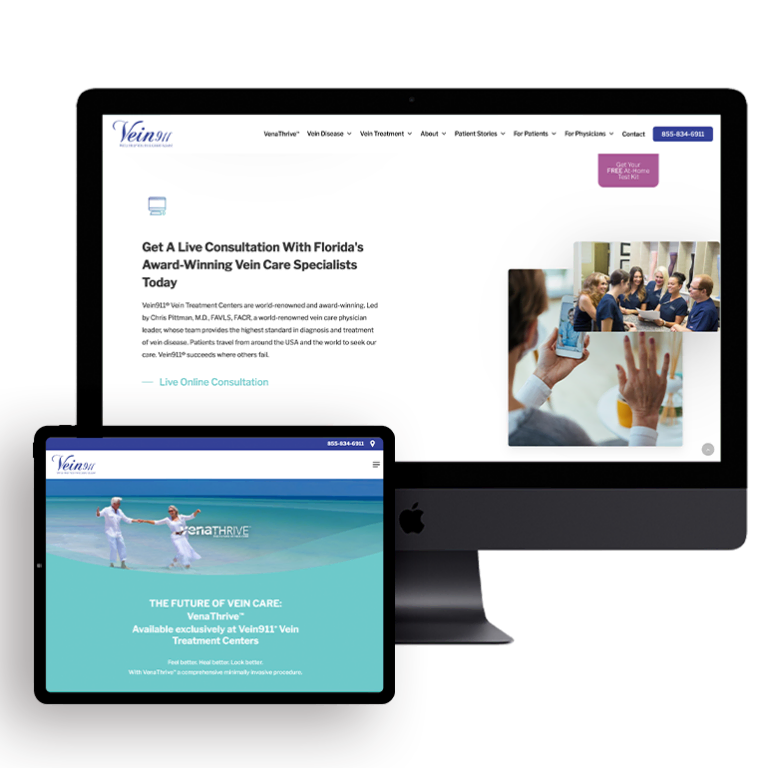
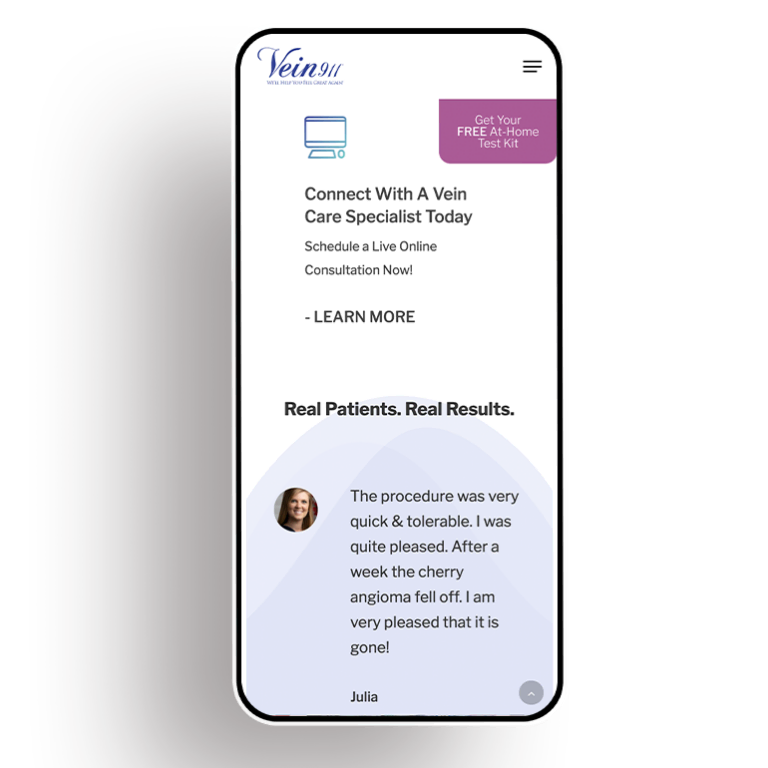

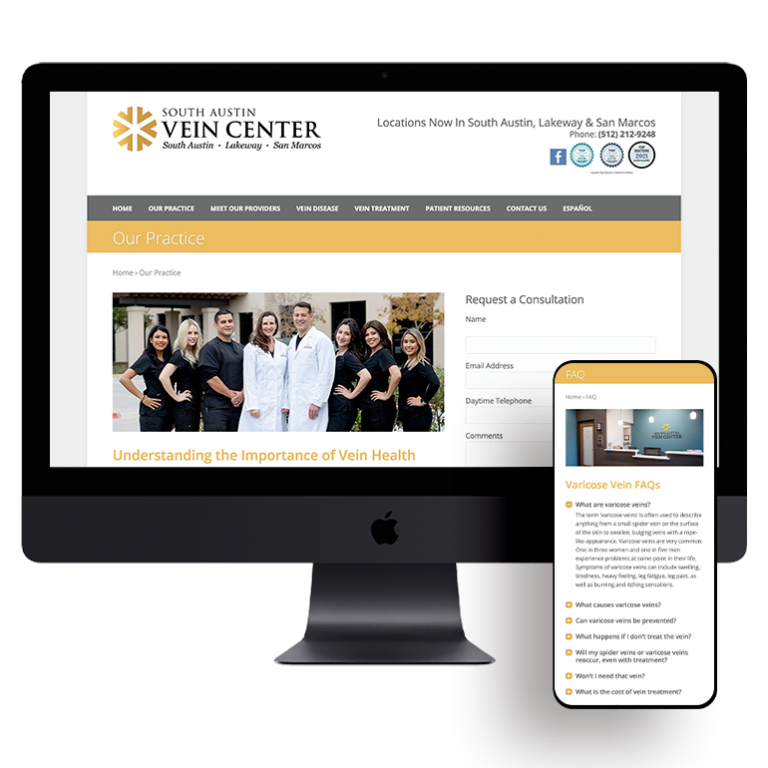
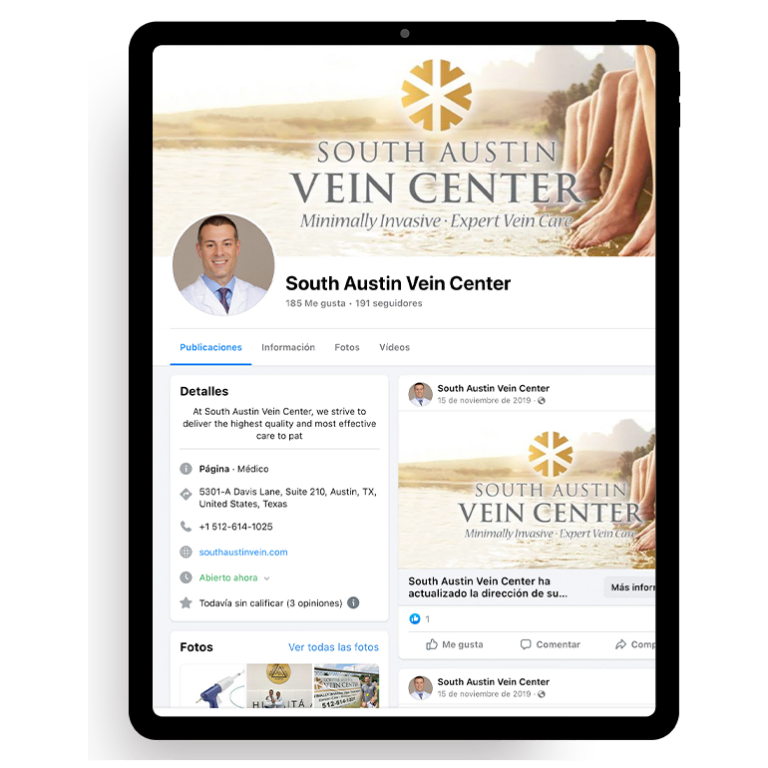



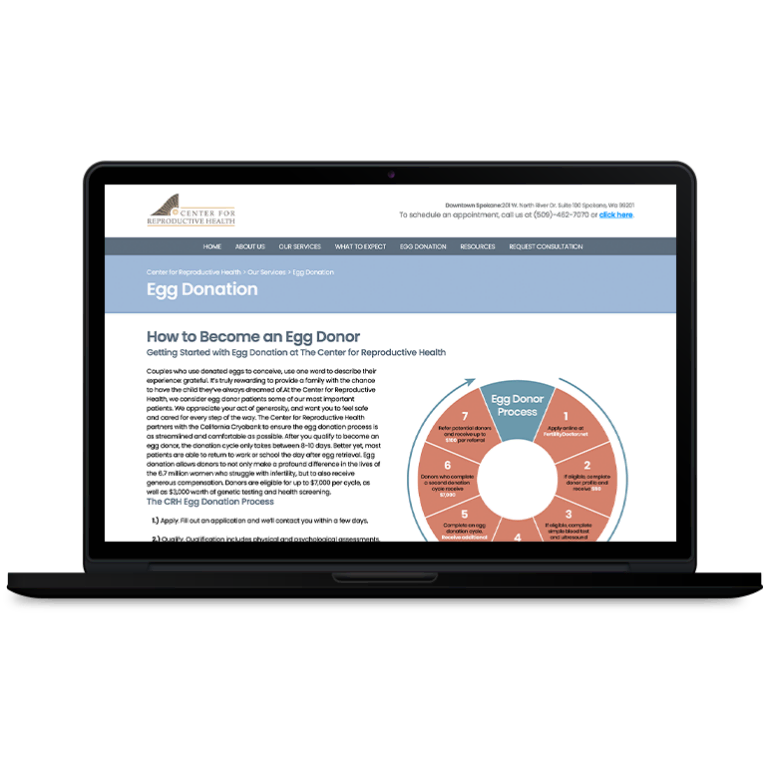

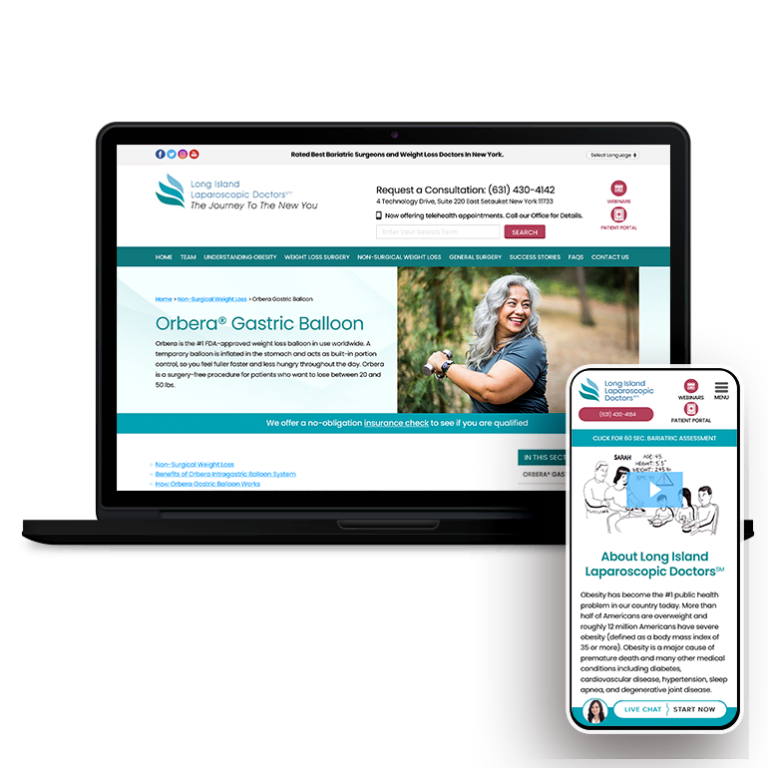

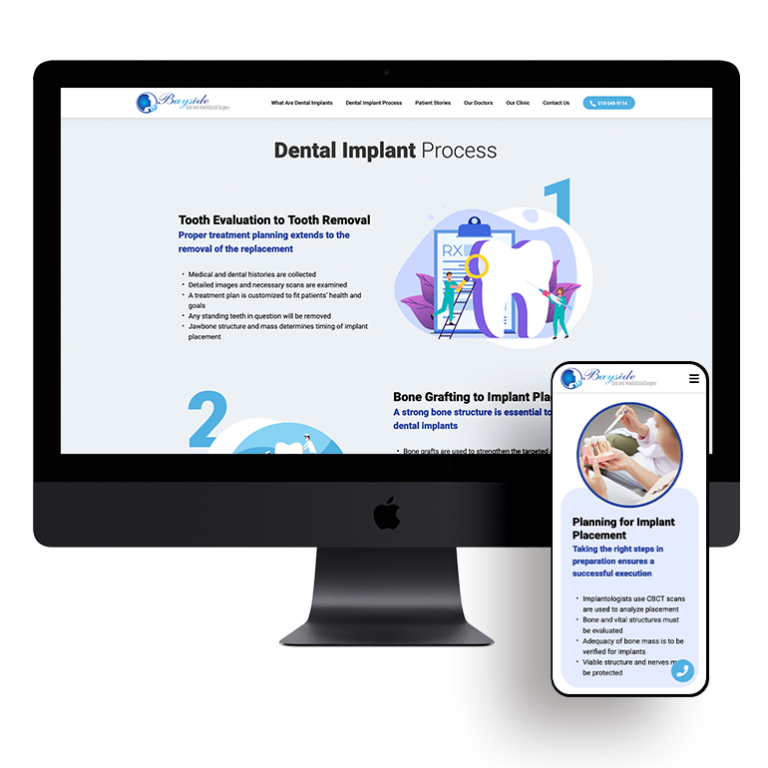




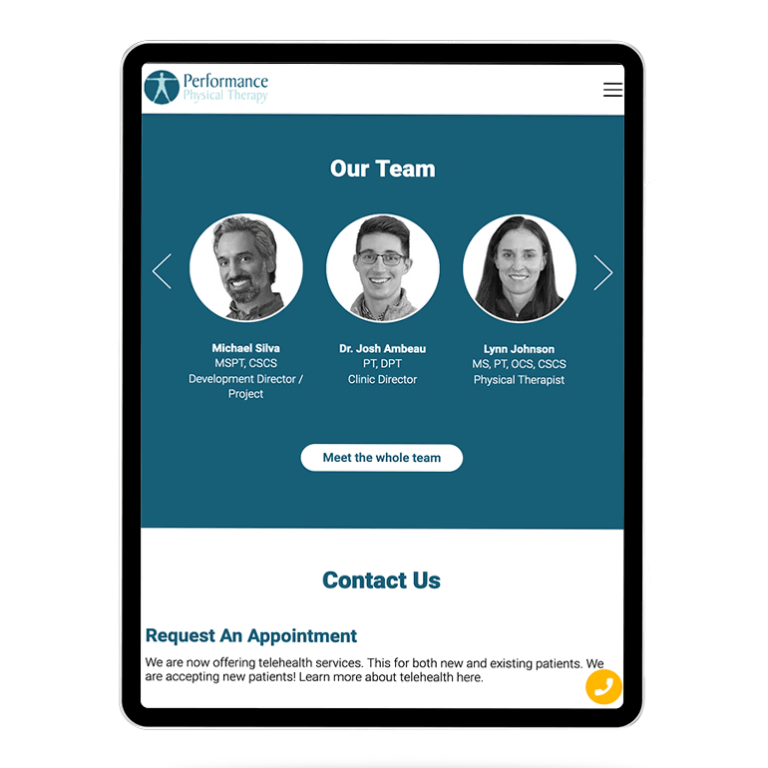

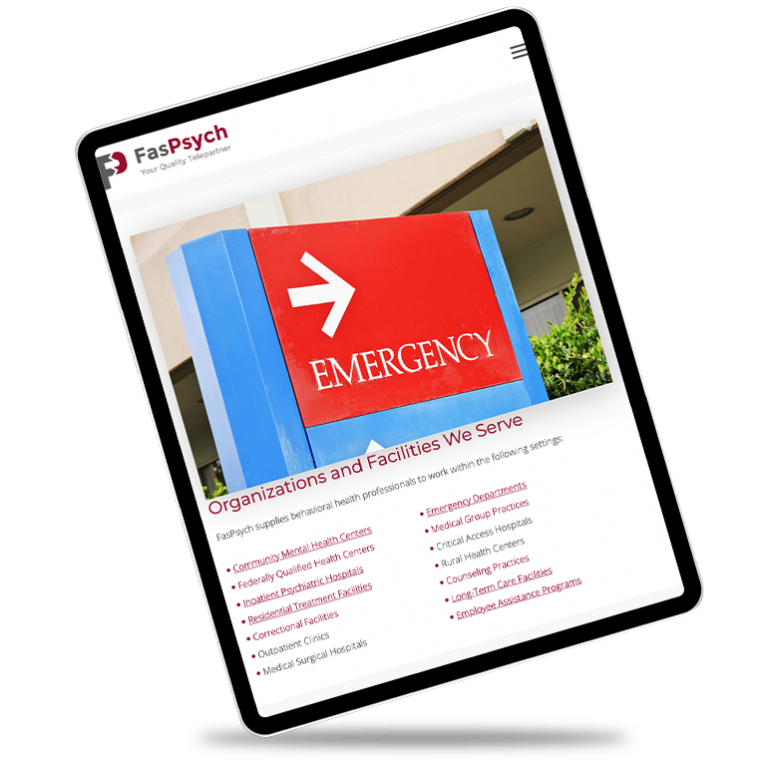
 Smart Design Creates New Patient Opportunities
Smart Design Creates New Patient Opportunities